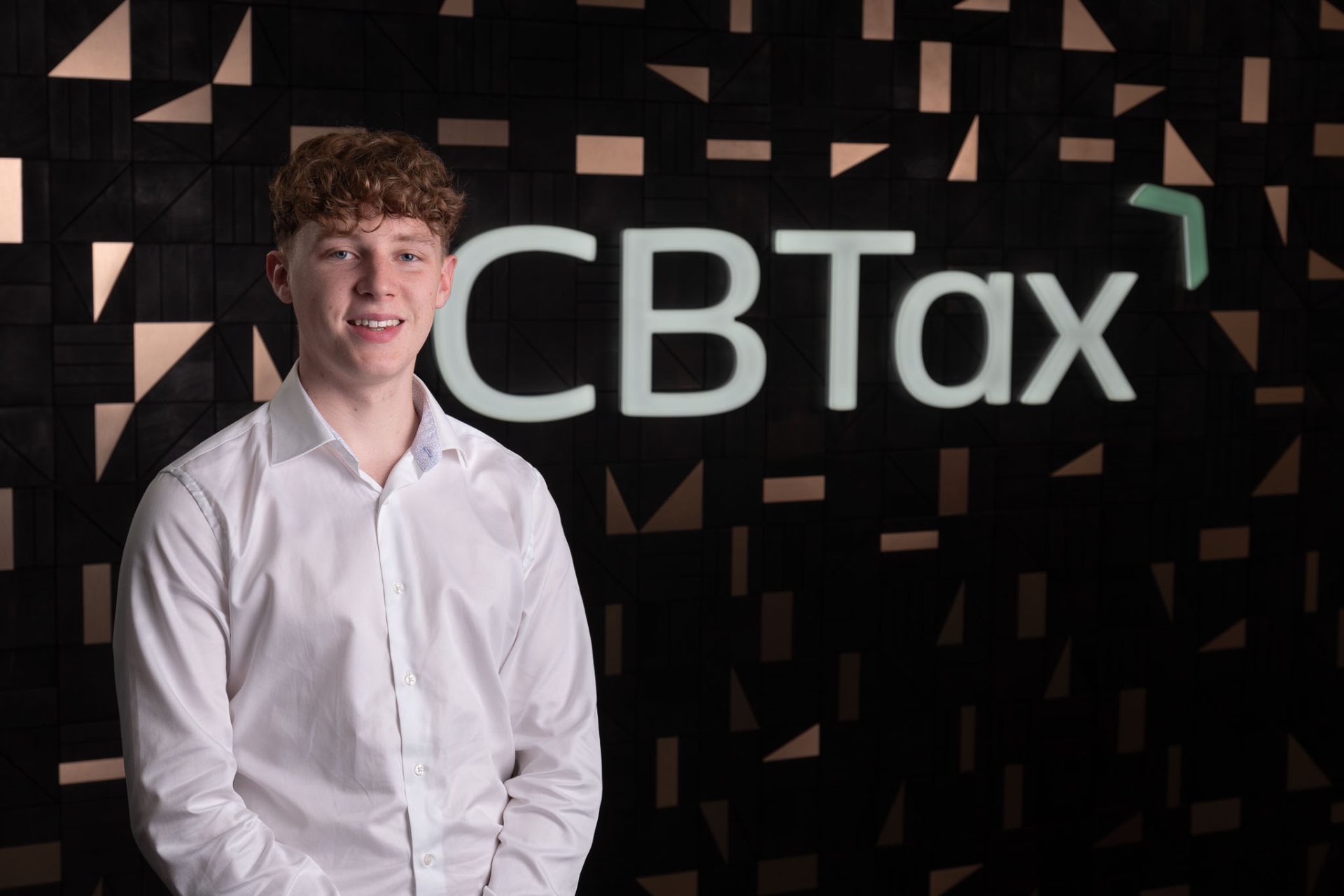In today’s world, companies are constantly seeking innovative ways to stay ahead of the game. An avenue often overlooked for promoting innovation is Research & Development(R&D) tax claims. Strategic accounting for R&D claims not only ensures compliance, but also presents a strategic opportunity for businesses to fuel growth.
Research & Development tax incentives vary across jurisdictions, but their nature remains the same: rewarding companies for investing in innovation. Ensuring adherence to this requires a comprehensive understanding of eligible expenses, technical skills, documentation, and compliance.
Accurate accounting for these claims is not just a financial exercise; it’s a strategic decision that can significantly impact a company’s bottom line. By keeping track of those eligible expenses, claims can be optimised to ensure every possible benefit is captured. Correct R&D accounting displays a business’ dedication, which in turn improves overall attractiveness to stakeholders and potential investors who value forward-thinking and progressive business practices.
R&D claims can provide a valuable injection of capital, enabling companies to recover a portion of their innovation-related expenses. This financial boost can be channeled into further research or used to strengthen other areas of the business. Showcasing a commitment to R&D activities strengthens a company’s competitiveness, particularly in industries that are driven by technological advancements or unique solutions to strategic incentives.
R&D claims and incentives contribute to overall tax efficiency. By strategically accounting for these claims, businesses can optimise their tax position, freeing up resources for their incentives.
Having proper accounting practices improves the accuracy of the financial statements, and it is therefore important to ensure R&D claims are correctly accounted for. After all, mediocre accounting of a brilliant claim would be a huge waste of potential. This not only ensures compliance with HMRC requirements but provides a transparent and reliable picture of the finances. It forms a large part of the reason why businesses should have an accountant who is also a tax advisor. I call it The Power Duo.
Author – Harriet Tack ACA, BFP






